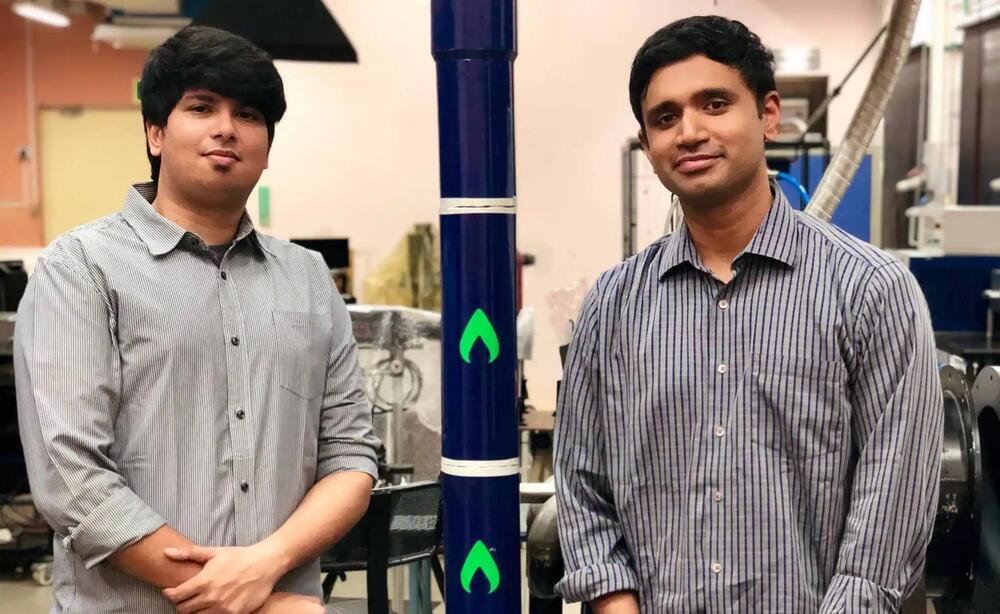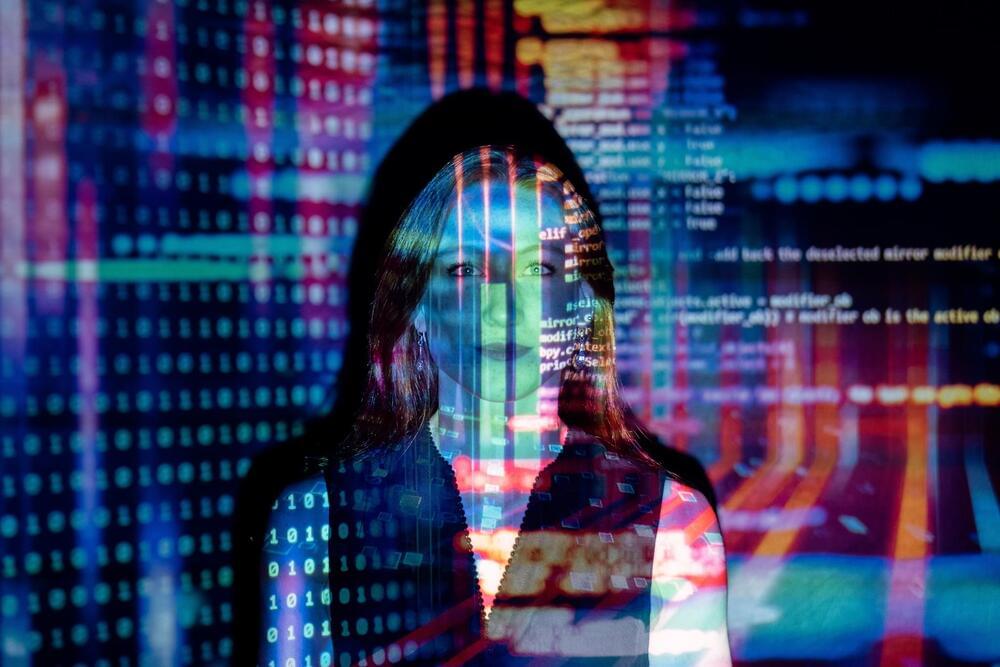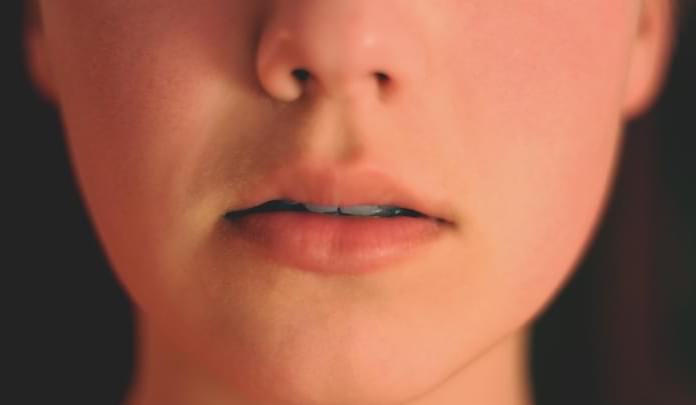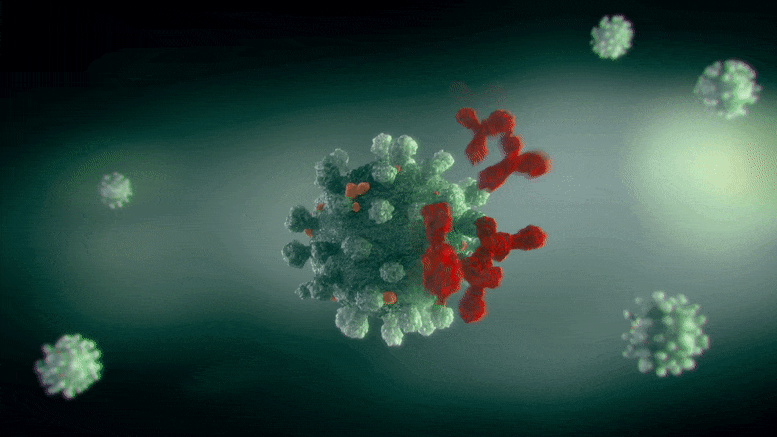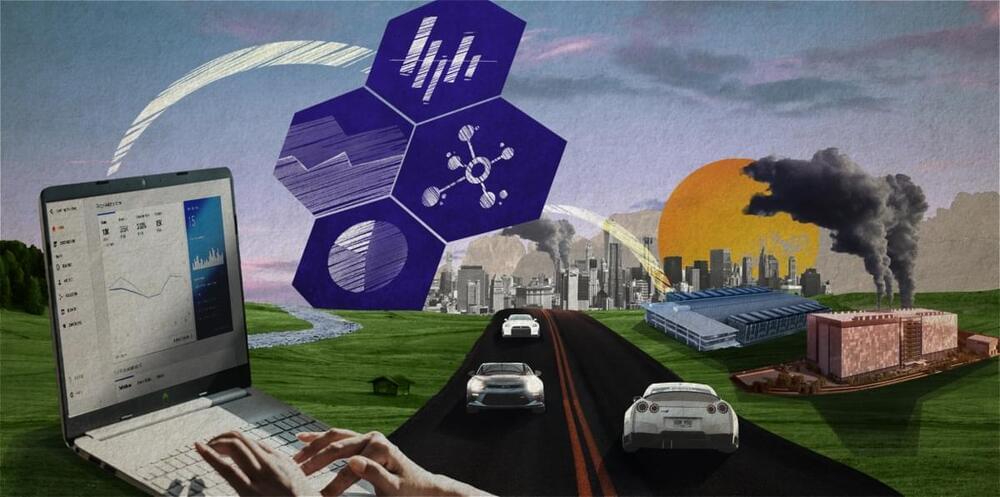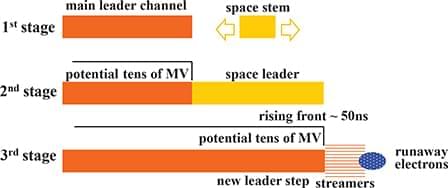Well that’s a game changer.
Researchers have created a solar-powered device that produces hydrogen fuel directly from moisture in the air.
According to its inventors, the prototype produces hydrogen with greater than 99% purity and can work in air that is as dry as 4% relative humidity. The device would allow hydrogen to be produced without carbon emissions even in regions where water on land is scarce, they say.

